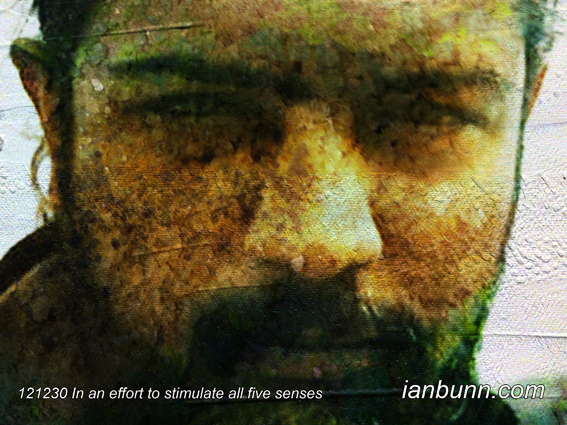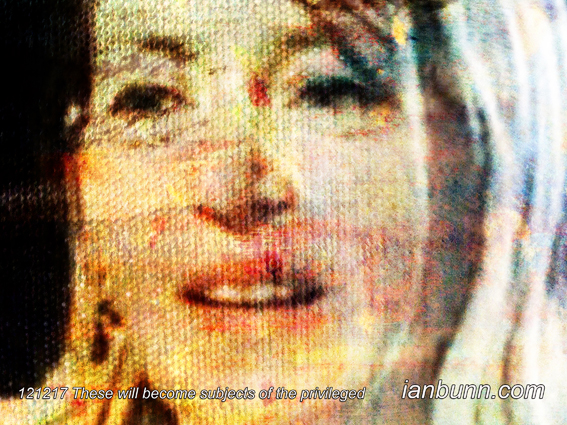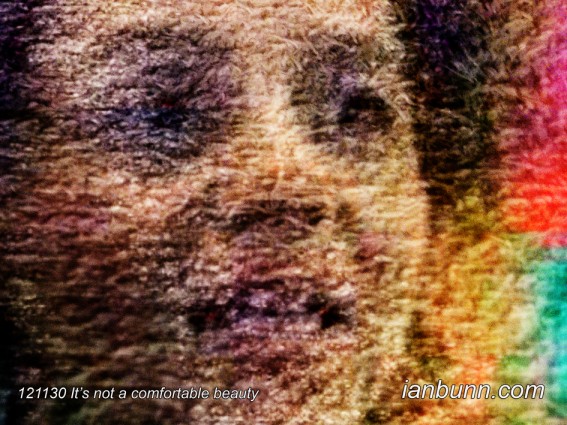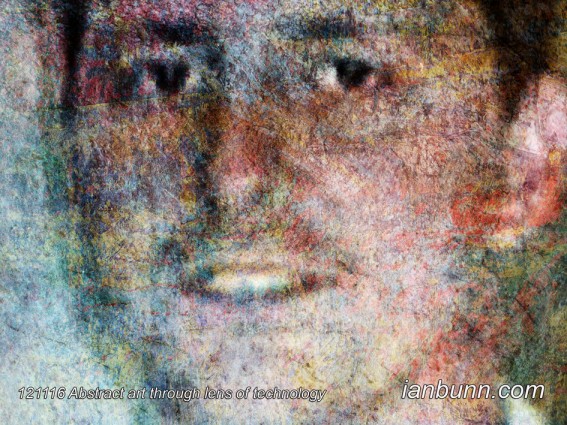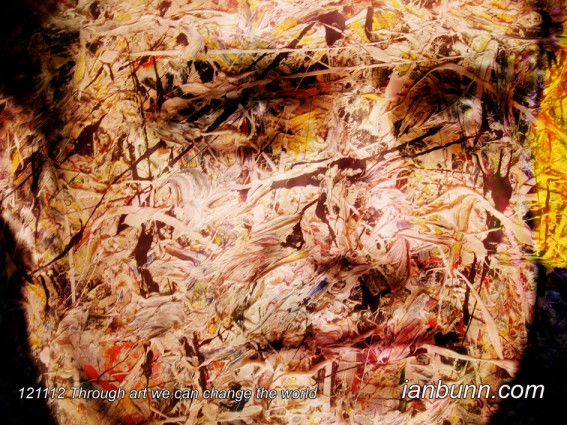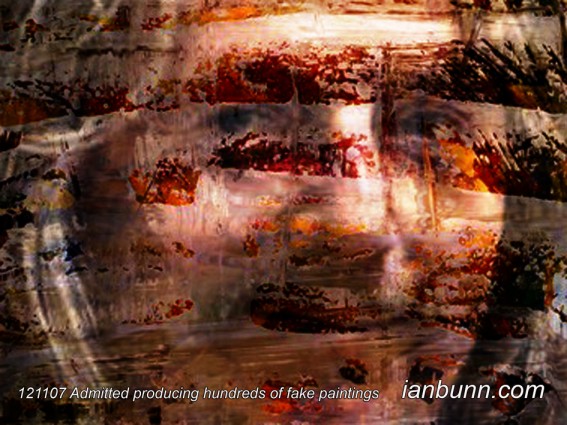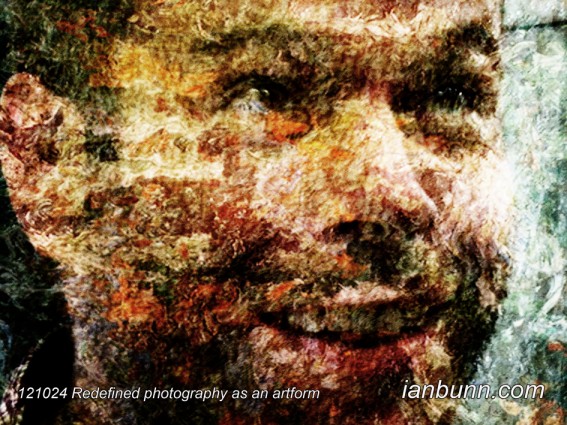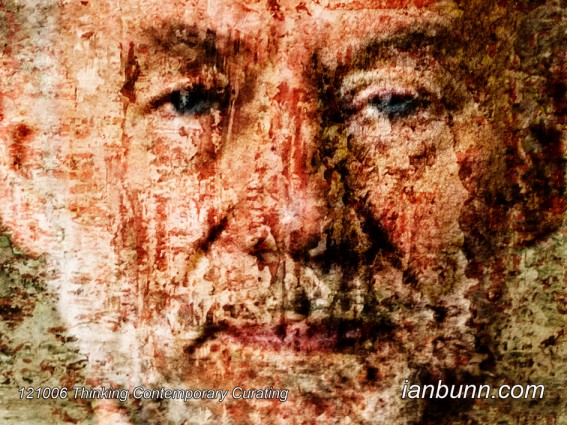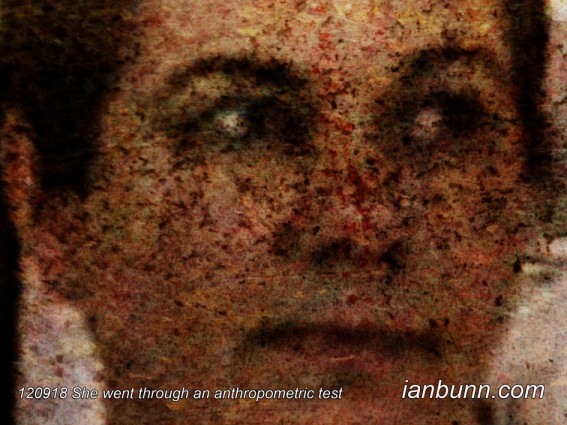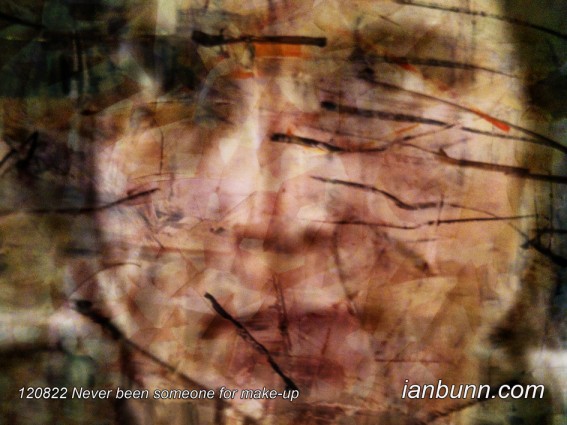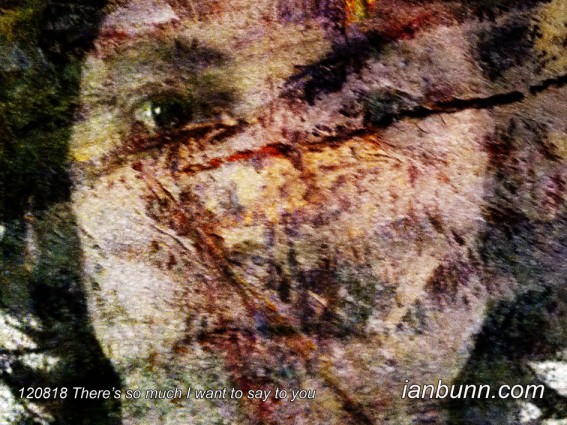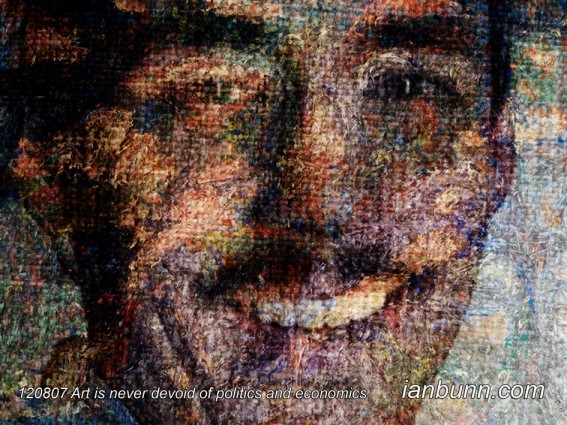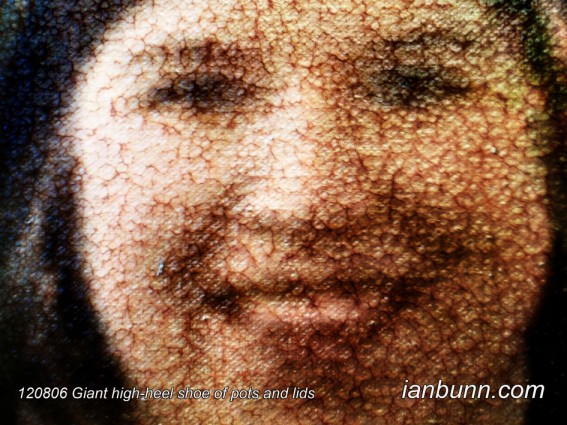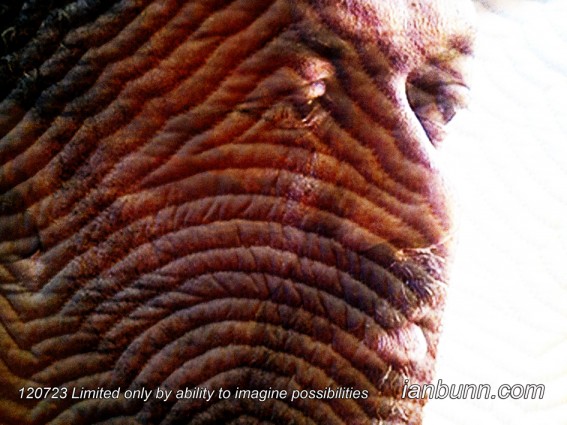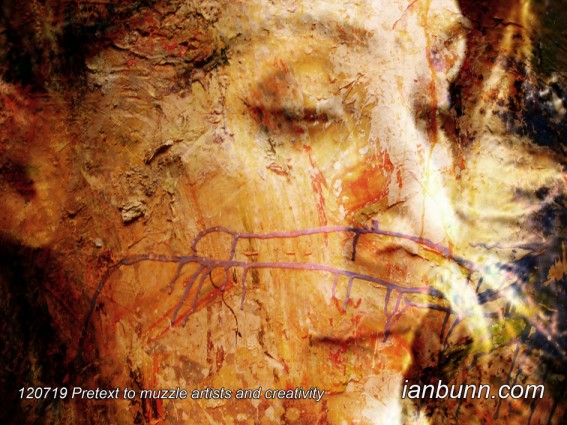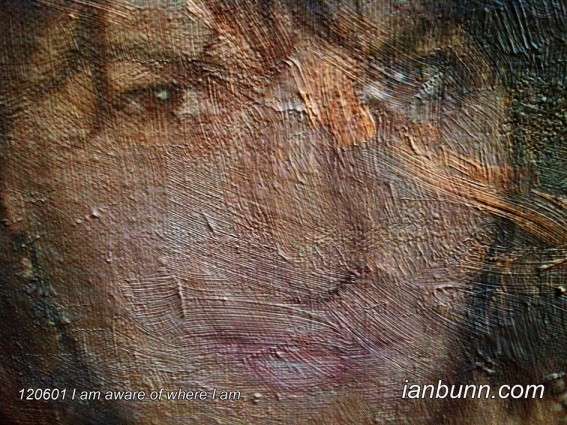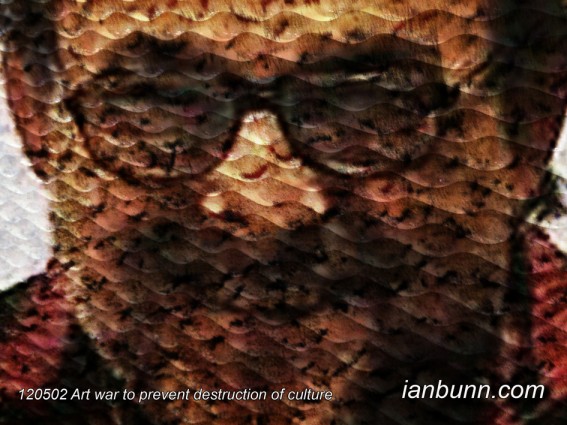![Dave de Leeuw the 31 year old Dutch artist painter and video installations has been interviewed by Homa Nasab for an article published in Blouin Artinfo titled ‘Q&A with Dutch Artist Dave de Leeuw’. During the interview Leeuw states “Birth, life and death are always quite astonishing experiences, but I like to step out of my perishable self and see a slightly bigger picture. When I see both the sun and the moon in the sky I have this natural urge to figure out the true proportion of this phenomenal triangle of celestial bodies. When I manage to do this and I feel the burning heat of the sun on my face I can experience a fraction of the sheer power and greatness of the universe. And then, I can put my existence in a more realistic perspective again for another day or so. Sometimes I wonder if this is real, because if it is not, then it could be art! …[When asked who was the most influential person in his life, Leeuw stated] Andre Franquin (1924-1997), a Belgian comic artist most famous for his Gaston and Spirou series. As a kid I used to read his comics every night before I went sleep. I remember his drawings as the first works of art that fascinated me. I stopped reading the story to watch the amazing lines he used to make his fantasy world come alive. I didn’t undestand properly how this was possible but I knew this was something I wanted to do too. …The best thing about the art world is the stage you get to show your art, to share the thoughts and feelings you put in your work with others and let them experience this in their own way. …The responsibility of artists is to produce an artificial experience of their ideas and/or feelings. Not only for entertainment, but most important to provoke the mind.” Inspired by Homa Nasab, Blouin Artinfo ow.ly/lMFAE Image source davedeleeuw ow.ly/lMFmS](http://www.ianbunn.com/wp-content/uploads/2013/06/130629dcU60.jpg) Most important to provoke the mind (June 29 2013)
Most important to provoke the mind (June 29 2013)
Dave de Leeuw the 31 year old Dutch artist painter and video installations has been interviewed by Homa Nasab for an article published in Blouin Artinfo titled ‘Q&A with Dutch Artist Dave de Leeuw’. During the interview Leeuw states “Birth, life and death are always quite astonishing experiences, but I like to step out of my perishable self and see a slightly bigger picture. When I see both the sun and the moon in the sky I have this natural urge to figure out the true proportion of this phenomenal triangle of celestial bodies. When I manage to do this and I feel the burning heat of the sun on my face I can experience a fraction of the sheer power and greatness of the universe. And then, I can put my existence in a more realistic perspective again for another day or so. Sometimes I wonder if this is real, because if it is not, then it could be art! …[When asked who was the most influential person in his life, Leeuw stated] Andre Franquin (1924-1997), a Belgian comic artist most famous for his Gaston and Spirou series. As a kid I used to read his comics every night before I went sleep. I remember his drawings as the first works of art that fascinated me. I stopped reading the story to watch the amazing lines he used to make his fantasy world come alive. I didn’t undestand properly how this was possible but I knew this was something I wanted to do too. …The best thing about the art world is the stage you get to show your art, to share the thoughts and feelings you put in your work with others and let them experience this in their own way. …The responsibility of artists is to produce an artificial experience of their ideas and/or feelings. Not only for entertainment, but most important to provoke the mind.”
Inspired by Homa Nasab, Blouin Artinfo ow.ly/lMFAE Image source davedeleeuw ow.ly/lMFmS
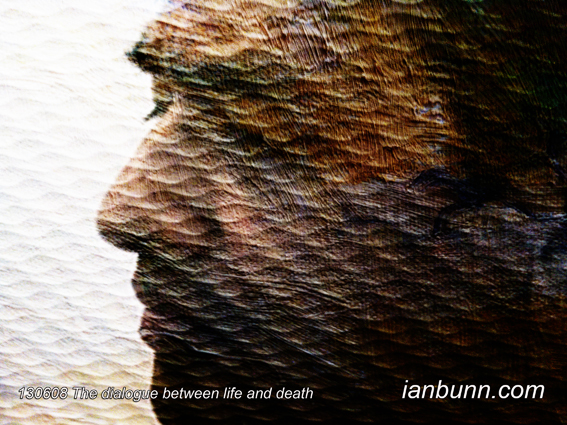
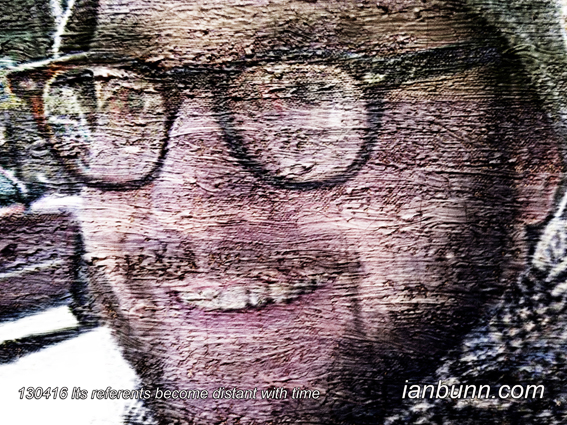
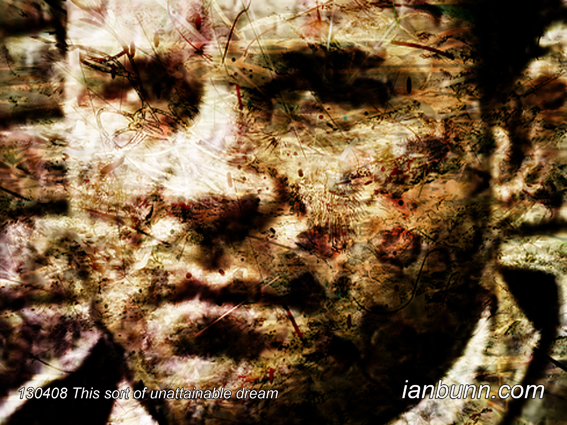
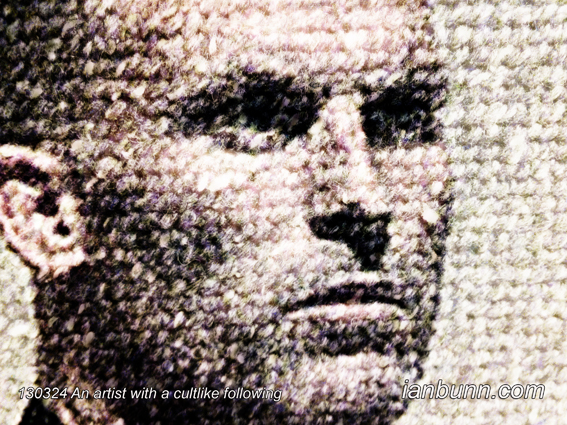

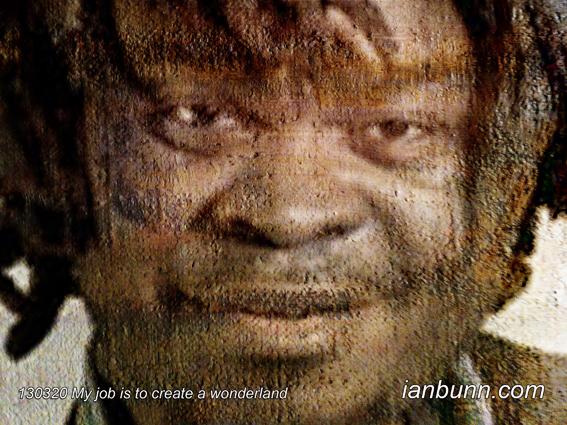
![Llyn Foulkes the 78 year old American artist creating landscape paintings that utilized the iconography of postcards, vintage landscape photography, and Route 66-inspired hazard signs, returning to his childhood interest in one-man bands and began playing solo with "The Machine," which he created. Foulkes has been interviewed by Scott Indrisek in an article published in Blouin Artinfo titled ‘Renegade Llyn Foulkes is Making a Comeback With a Major Survey at the Hammer’. Indrisek states “…Foulkes is having his second big moment. The L.A. artist and musician showed with Ferus Gallery in the 1960s and enjoyed early recognition for quirky, detailed oil paintings — an enormous cow, or rocks that sort of looked like people. He later moved on to more complicated mixed-media works, creating intricate scenes that brought together cartoon culture and self-portraiture as well as an ongoing series of grotesque bloody heads. …Foulkes had had a few recent pieces in last year’s Documenta (13) exhibition, where he also sang and performed with his complicated, self-made musical instrument, dubbed the Machine. [in the interview Foulkes states] “…Early on in the ’60s I was pretty well known, and then I gave up what I was doing and tried to go back to what I was doing before. Art changed, Minimalism and installation art and all that stuff came in, and there wasn’t that much in the art magazines about me in the ’80s. I’ve had problems from the stock market of art — let’s put it that way. I’ve always been out of the mainstream because I always talk against what’s going on in art. …I’ve always been pretty much a loner, in the sense that I didn’t really associate with that many other artists...” Inspired by Scott Indrisek, Blouin Artinfo ow.ly/hMxcu Image source Facebook ow.ly/hMxca](http://www.ianbunn.com/wp-content/uploads/2013/02/130228dcU60.jpg)
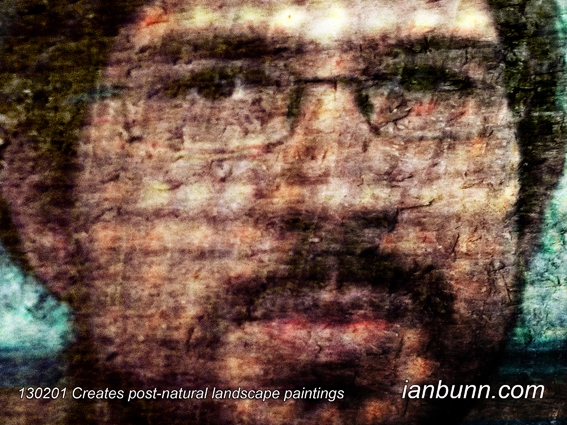
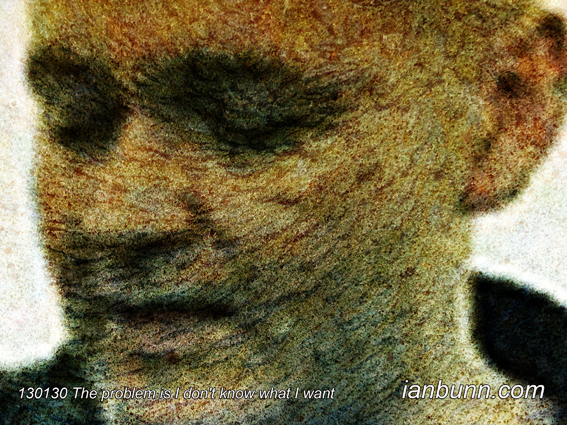
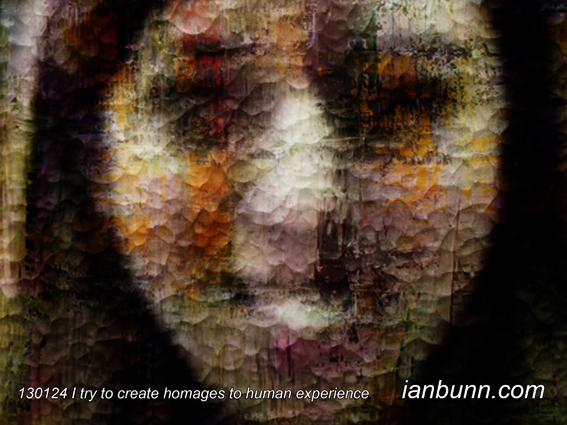
![Robert Barry the 76 year old American artist renowned for his non-material works of art, installations, and performances using a variety of otherwise invisible media, has been interviewed by Celine Piettre for Blouin Artinfo in an article titled ‘Artist Robert Barry Discusses Working With "Time, Light, and Darkness"’. Barry states “I don’t like this term [Conceptual Artist]. I find it very limiting, as far as I’m concerned in any case. I use materials: time, space, color, words. My work is visual, and not purely about ideas or concepts. …I don’t work so much on language as on words, which I perceive as objects. They have a color, a size. They exist in a given space and time. They have a tangible aspect. Words are also very personal. They come from us and say things about us. They have a story. We all interpret them according to our own experience. I’m always surprised when people ask me this question. I’m interested in words — that’s it. It’s like I painted flowers or landscapes. It’s a personal interest, a work material that offers infinite possibilities. …Video is a natural medium for me. I’ve used it since the beginning of my career. It’s a medium of time — a notion, a material that is truly integral to my work, like light. I like the idea of light emerging from the darkness and plunging into it again. It’s something that everyone experiences. …It’s important to me that there can be different levels of perception, experiences, and time. All these components of the real are combined here: the idea of art, war, light, words, and speech — they work together to make the piece. … In general, I like using music in my work because it’s an art that exists in time.” Inspired by Celine Piettre ow.ly/gwWNu image source TownNews ow.ly/gwWMO](http://www.ianbunn.com/wp-content/uploads/2013/01/130113dcU60.jpg)
![Mehdi-Georges Lahlou the 29 year old French-Moroccan artist based in Brussels drawing on the history of performance and installation-art, and incorporating references to Belgian Surrealism in his works. Born to a Christian mother and Muslim father, the theme of crossing boundaries set by culture, religion and gender is present in all of his installations and performances. Lahlou is the subject of an article by Nicolai Hartvig published on Blouin Artinfo titled ‘Mehdi-Georges Lahlou Dons Heels to Stir Religious Debate’. Hartvig states “…[his] works hit on several sensitive issues in Muslim culture: the prohibition on modifying one’s body, nudity, sexuality, and improper use of the Koran and religious objects. …With his loose combination of religious iconography and incongruous objects, the ambiguous humor in Lahlou’s work is often misunderstood. But his approach is never casual — rather it blurs the boundaries between personal commentary on his subjects alongside artistic thought. “I’m not an activist shouting. I am truly respectful of religions and beliefs, except when they kill or hurt people,” Lahlou explains. “As a person, I have a political opinion, I take a position or I don’t. But in my work, I don’t want it to be like that. I want people to be in an awkward position and not know what’s happening, whether it’s humor or reality, true or false. I lean toward being stupid [in my work] because I don’t want to make people think that I am saying bad things. You can have criticisms, but that doesn’t mean that you’re against something. You can have fun with everything — but can you really have fun with everything?” …Lahlou plans to reduce his physical presence in his work. “There is the fear of repeating myself, even if everything I do is different. Since I am the basis of my work — I’m often the model, even if I’m not there — I get a bit tired of myself. Today, I want to think more, to be a bit less present,” he says. “But I think that I will still have things to say for 30 more years.” Inspired by Nicolai Hartvig ow.ly/gpOAu image source Twitter ow.ly/gpOzv](http://www.ianbunn.com/wp-content/uploads/2013/01/130103dcU60.jpg)
